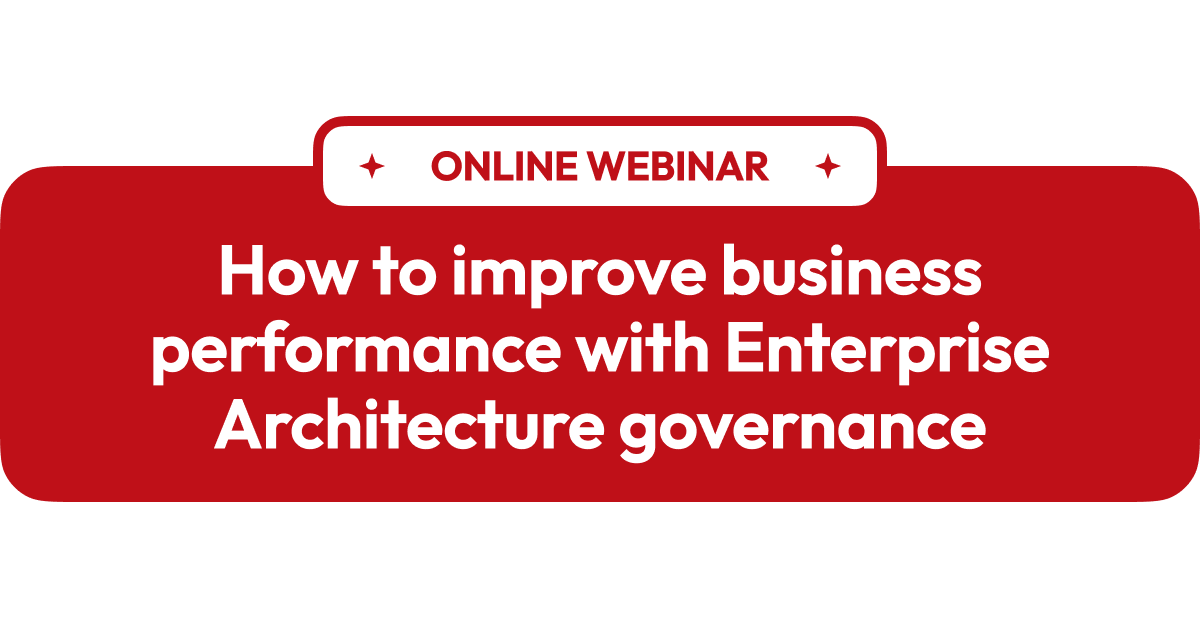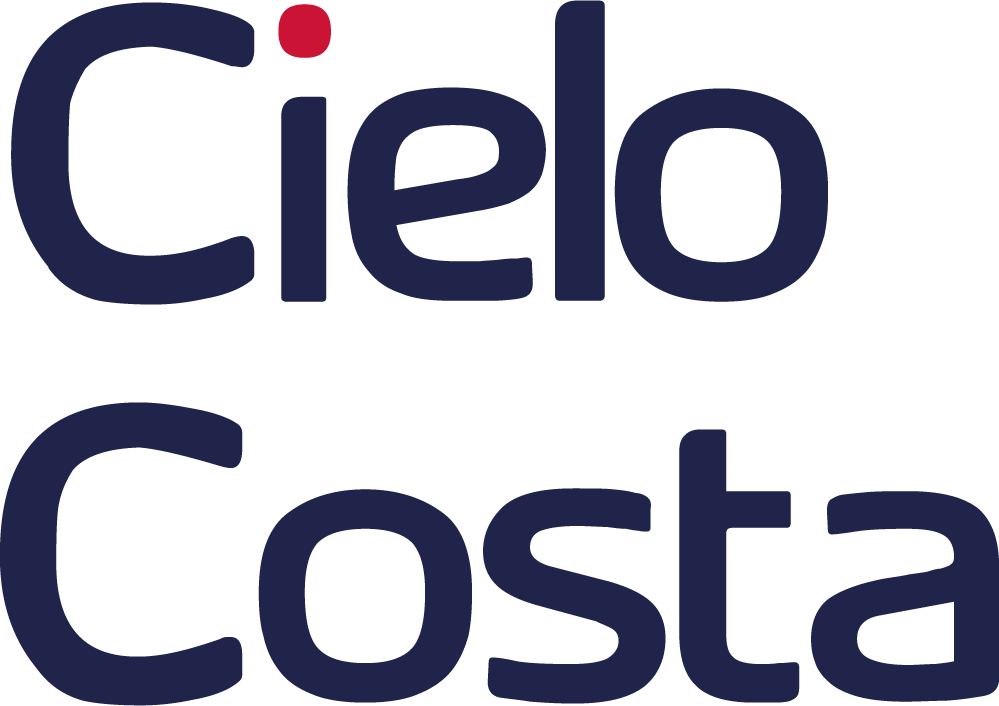Managing IT architecture can be challenging, and aligning IT strategy with wider business objectives adds a further layer of complexity.
Introducing Enterprise Architecture. Get it right with first-rate governance – and you’ll drive positive business performance. But get it wrong and you’ll risk cybersecurity breaches, compliance issues, and team and process inefficiency.
Within our latest webinar, in partnership with BRE, we looked at transformative power of Enterprise Architecture in modern organisations. But lets break it down…
What is Enterprise Architecture (EA)?
EA is the discipline of aligning business capabilities with technologies and technology strategy. It is a framework for guiding an organisation’s transformation, enabling it to adapt to changes in business environments, emerging technologies, and evolving customer demands.
It consists of five key layers:
- Business architecture defines organisational strategy and goals.
- Application architecture defines the current and future state of applications.
- Data architecture defines the data and information needs of the organisation.
- Technology architecture defines the hardware, software, and infrastructure needed to support the business.
- Security architecture defines the organisation’s security requirements and policies.
A streamlined approach to EA
The Cielo Costa approach is based on some of the comprehensive industry standard TOGAF principles that govern EA, but has been adapted to be more flexible and agile. This means that they focused on the core principles without adding unnecessary complexity.
This is ideal for organisations that need faster and more streamlined governance processes.

The importance of proper design and handling technical debt
A documented design ensures that all stakeholders, from technical teams to business leaders, have a clear understanding of the system’s architecture. This alignment helps avoid miscommunication and ensures everyone is working toward the same goals, making it easier to meet business requirements.
Accurate designs play a crucial role in identifying areas of technical debt early in the development process.
Technical debt refers to the shortcuts or suboptimal solutions made during the implementation process that allow for faster delivery but create long-term issues or inefficiencies. If not addressed promptly, this can often result in higher costs or reduced performance.
Getting started today
- Begin with understanding the core principles of EA governance (our webinar below is a good start!)
- Establish an Architectural Governance Board (AGB)
-
-
- Identify key stakeholders and their roles
-
-
-
- Define the Terms of Reference
-
- Identify your ‘As Is’ Architecture
-
-
- Define the Architectural Principles that work for you
-
-
-
- Define the Business Capability Map
-
-
-
- Map business capabilities to your components
-
- Align AGB with your existing change and release processes
Want to hear about Enterprise Architecture from Leia Mills, Interim CTO at BRE and understand how to get started? Watch the full recording of the webinar here:

Your consent is required to display this content from youtube - Privacy Settings









